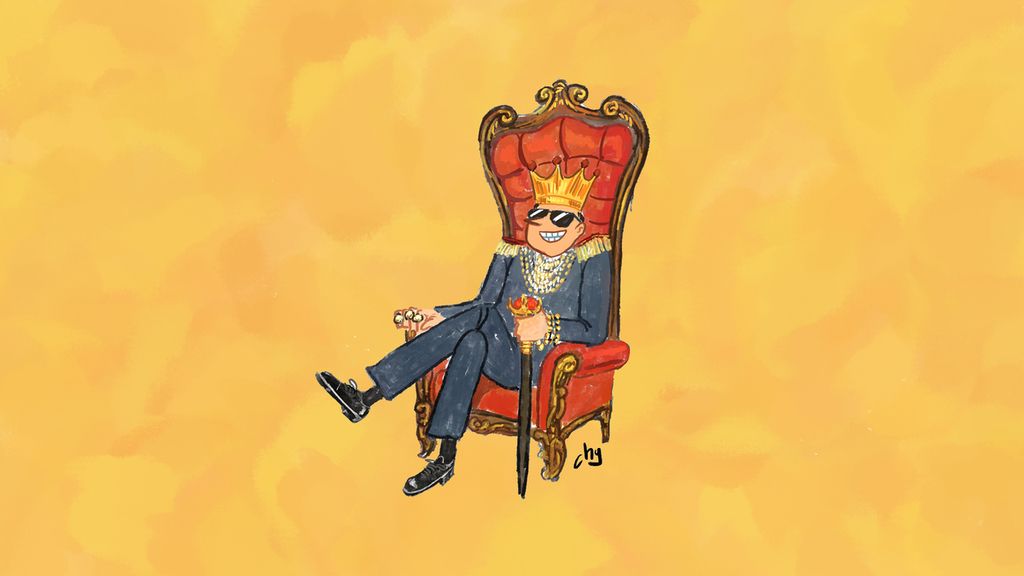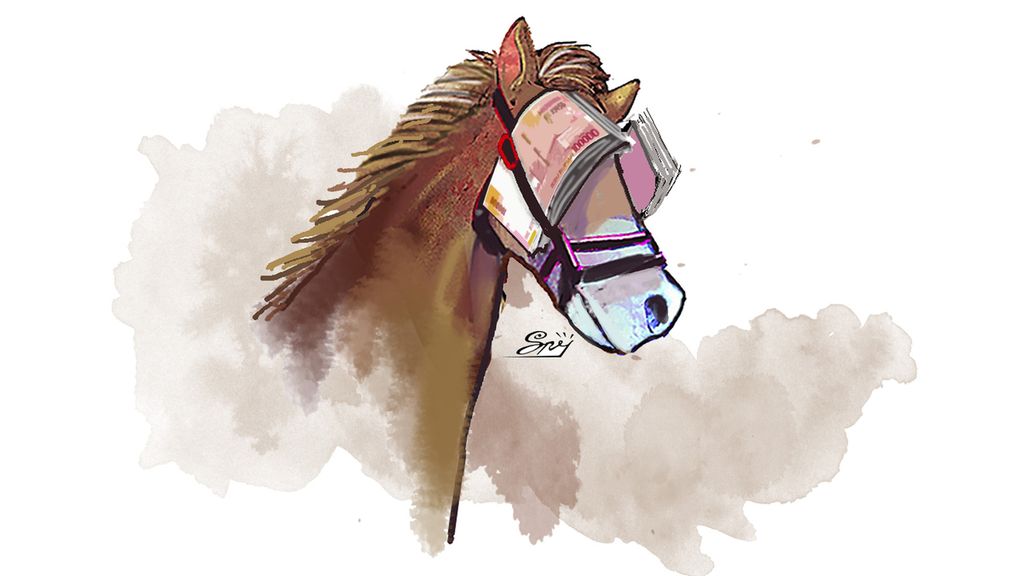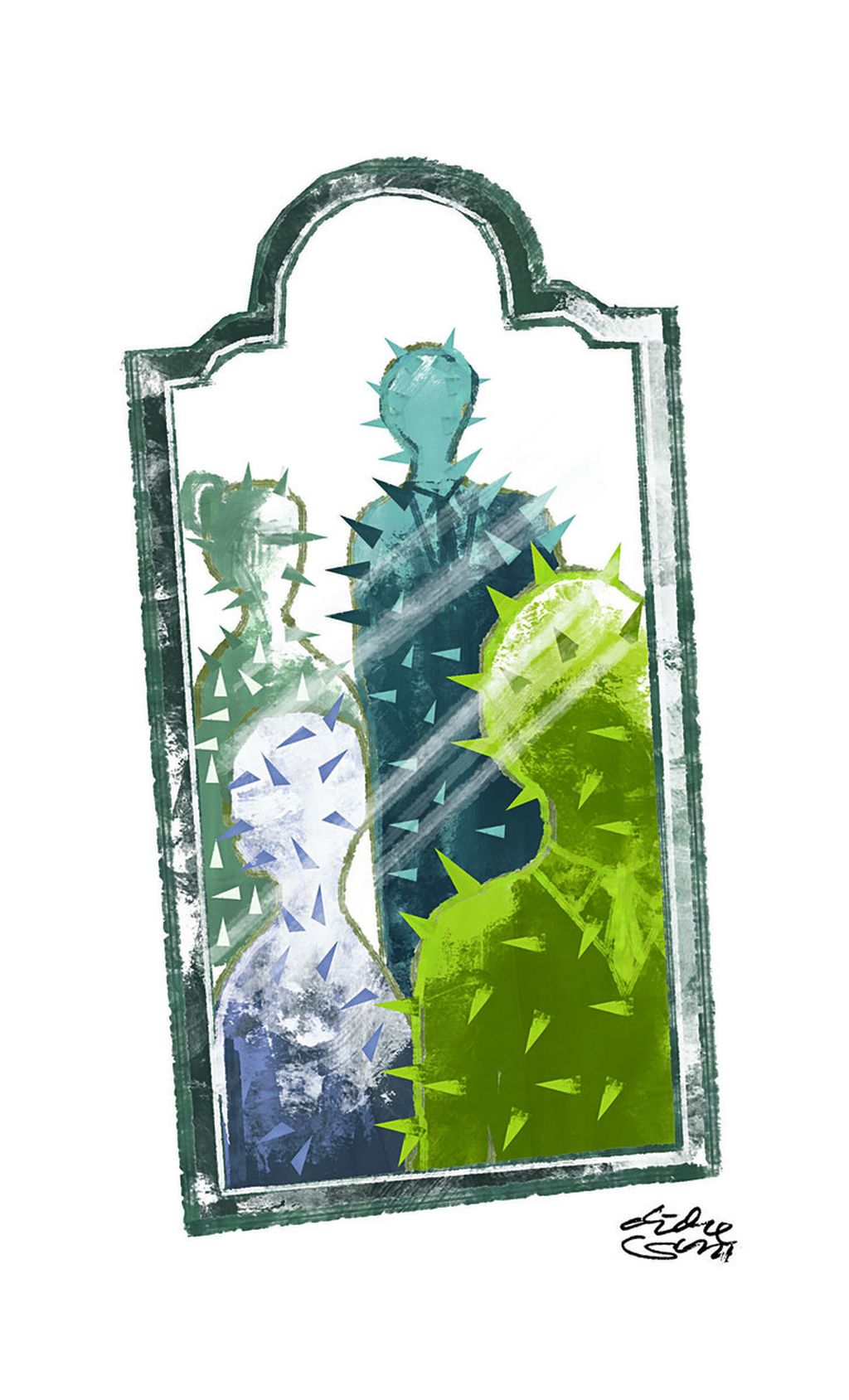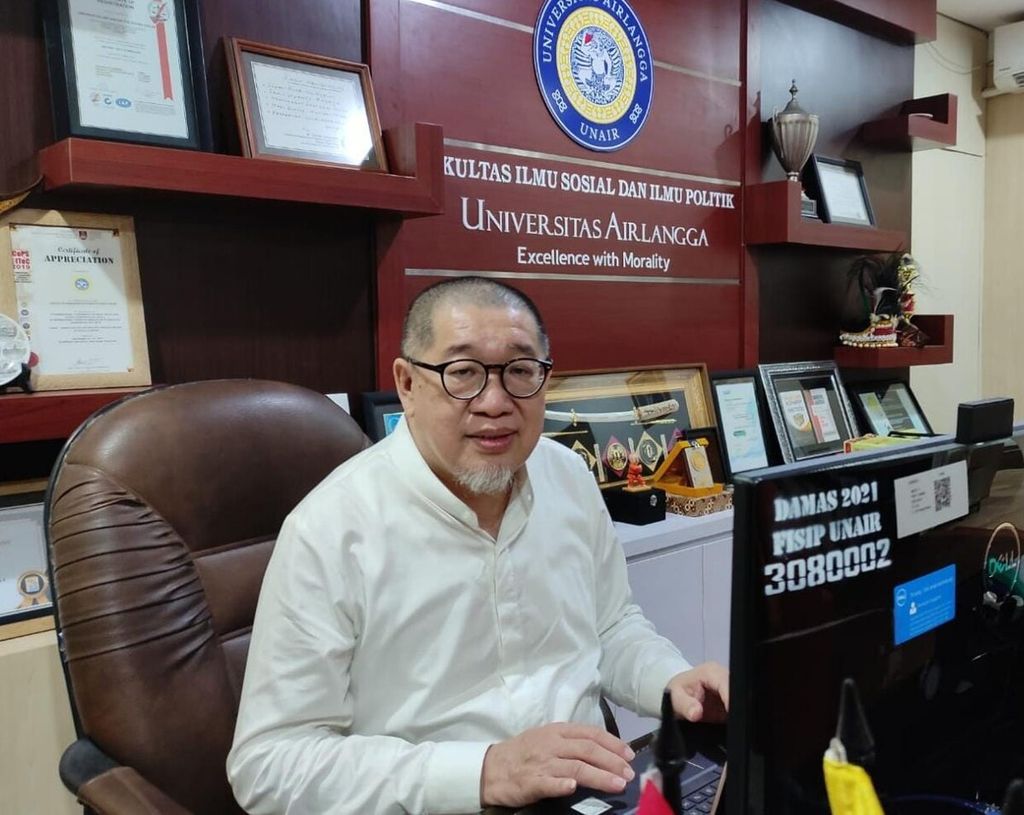Lifestyle of State Officials
A state official who flaunts his or her status usually tends to go for appearance and status symbols rather than their work performance and commitment.

Government officials have now been experiencing a decadence in lifestyle.
Sukarno, the first president of the Republic of Indonesia, was known as a simple figure. He was not a state figure who liked to flaunt a luxurious lifestyle.
It is different from state officials in the era of postmodern society. Not only are they far from the image of a state official who ideally lives an austere life, some officials indulge in a lifestyle that disheartens us. A Finance Ministry’s echelon, who is currently in trouble because of his son's misbehavior, turns out to display a lifestyle opposed to his status as a state civil servant (ASN).
Apart from owning a collection of luxury cars and motorbikes, many state officials also have many luxury homes with prices in the billions or even tens of billions of rupiah.
In the era of postmodern society, how one presents themselves in front of other people and how they build an identity in their social environment will weigh on how they approach their own interests while construing their social perspectives.
A kind of lifestyle one adopts and displays in their social environment is generally influenced by the excess of capital power expansion, which deliberately designs and encourages the development of lifestyle for the benefit of capital accumulation and profit.
Also read:
> Investigation into State Officials’ Wealth Begins
> Finance Ministry Works With KPK, PPATK in Investigating Rafael
Lifestyle is more than simply a way of life that displays social norms, rituals, or perhaps dialect of community as a distinctive way of speaking. Lifestyle is expressed through what they wear and consume, or how they act and behave in front of other people.
Lifestyle is not simply a demanding activity or leisure to fill spare time. Lifestyle is triggered and driven by profit-oriented capitalistic movement through building market share and luring people's aggressiveness to consume various products of the commercial industry.
People are trapped in the vortex and flowing streams of lifestyle. When carrying out a reflective process to negotiate between their own reality and demanding market, they often find themselves helplessly in the grip of capitalist forces who are always creative in the cultural industry. With the offered products, people seem to have no choice but to become consumers.
When someone decides to buy a big motorbike, for example, it is often not because the vehicle is truly practically needed for daily transportation.
To display self-image, ego or personal uniqueness in front of their social group seems to be so demanding that people often become shackled in a lifestyle vortex that seems never-ending.
When someone decides to buy a big motorbike, for example, it is often not because the vehicle is truly practically needed for daily transportation, but rather because of the need to maintain a self-image that he or she can afford to keep pace with a high-end lifestyle, or they show off being part of the upper social class, most of whom do have big motorbikes.
Ersatz
One's behavior in buying and consuming various products of industry trends, apart from being influenced by factors of social class, age, gender, and so on, is also shaped up by, no less important, their perspectives about lifestyle.
Lifestyle is a pattern of behavior that differentiates one person from another (Chaney, 2004). The term “lifestyle,” either from an individual or collective point of view, implies a set of habits, views and individual responses to the social environment as a way of life.
Way of life is not something inherently inhibiting, but found, adopted or created, developed and used to perform actions to achieve certain goals. To be practiced, a way of life must be identified, used and accustomed to (Adian, in Adlin [ed], 2006).

In a postmodern society, lifestyle grows along with globalization, the development of the free market and the transformation of consumption capitalism. Through the role of advertising, populist culture, mass media and the transformation of modern values, capitalism polishes lifestyle and forms a consumptive society, namely a society that goes after a surficial rather than substantive appearance.
Lifestyle and consumptive behavior are like two sides of a coin that are fertile habitats for growing the spirit of capitalism. In a postmodern society, there is no chance for one to become “stylish” without capital, or if only relying on cultural symbols.
One is said to have a modern lifestyle when they consume and exhibit classy economic symbols, or engage in various activities that require a lot of money. Someone at Starbucks or Excelso outlet with a cup of coffee on the table costing around Rp 50,000, is certainly more “stylish” than fellow coffee lovers ending up at a roadside stall for only one-tenth of the price. Someone who drives a Rubicon or a big motorbike is certainly far more prestigious than another who drives an Avanza or an ordinary motorbike.
In many social communities, lifestyle tends evolve rapidly because they subscribe to openness, pluralism and shared authorities. In a capitalistic society, the climate of openness, spirit of democracy and adherence to pluralism, which all grow and develop rapidly, will simultaneously serve as fertile seedling fields for lifestyle to grow robustly.
Also read:
> Welfare State or Welfare Society?
In the era of consumptive society, people tend to be willing to spend lavishly for social appearance, believing that the costs they incur are a form of investment in building self-image they personally see important to do. However, a lifestyle that shows an excessive way of life and turns out to be not a deserved privilege will not draw admiration. It instead reaps rebuke, criticism and ridicule.
The characteristics that mark the development of a postmodern society, in which social members often fall into the vortex of excessive self-image-adopted lifestyle, are first when they pay attention to external appearance more than substantive competence.
Instead of being committed to their scientific expertise for life advancement, what happens is that they tend to go merely after academic degrees. Some flaunt flashy styles of fashion, drive luxury cars and so on to show off their social identity.
Second, people grow and develop into a dandy society, in which they are more concerned about how to polish social appearance for the sake of self-image, rather than being respectful. They tend to show off what they possess with the motive of being admired by others. For them it is important to draw admiration from other people rather than gain true respect. They need to behave like a paddy plant that bows as it matures.
Third is when people are more concerned about aestheticism in style and design than function of appearance.

One who considers themselves as being part of an elite social class tends to be willing to spend hundreds of millions or even billions of rupiah on an Hermes bag instead of buying an ordinary leather bag that costs between Rp 300,000 and Rp 500,000. For them, it is important to maintain their image among the public.
For people who are more concerned with this aestheticism, what matters is how they can show off the outer not inner performance.
When one spends money on something, it is not just that they are interested in its practicability or the inherent function of the product they buy, but they may want to obtain the social function, which Adorno (1960) refers to as ersatz (see Evers, 1988).
When someone buys a bag, car, or other in-trend high-end products, it appears that it is not because he or she needs their function, but because there is another motivation behind the purchase: self-prestige, or the desire to obtain social capital as a ticket to establish relationships with their peers and so on.
As Adorno said, cultural commodification or industrialized culture, which is designed based on profit calculations, will only result in mass deception (Ibrahim [ed], 2004: 328). In the era of capitalism, buying goods also means buying impressions and experiences, and shopping is no longer a simple economic transaction but a symbolic interaction in which individuals buy and consume impressions.
State officials
According to Machin and Leeuwen (2005), what is meant by lifestyle is a combination of both individual style and social style that appears in a particular social area. It can be a joint activity in filling spare time and attitude in dealing with certain social issues.
In various cases, a person subscribes to a lifestyle in daily life to identify and explain more broadly about one's identity and social class affiliation (Chaney, 2003).
A state official who flaunts his or her status usually tends to go for appearance and status symbols rather than their work performance and commitment. State officials like this are not impossible to take any route or shortcuts by capitalizing on material gains and political support to ensure they can get what they want.
A state official who flaunts his or her status usually tends to go for appearance and status symbols rather than their work performance and commitment.
The lifestyle developed by state officials who are more concerned with pursuing personal gain is prone to falling into the process of “massification” due to the inability to find an identity.
The case that is implicating a state official at the Finance Ministry is just one example. It unfolded when this state official’s son went too far by abusing another person in a vicious manner.
Finance Minister Sri Mulyani Indrawati has apologized and made several moves to revitalize the image of her office currently being in the spotlight for bad causes. Sri Mulyani's policy of increasing the salaries of office staff in hopes that they would not be tempted to engage in unfair earning practices has proven to be a failure.

Bagong Suyanto
Bagong Suyanto, Professor of Socio-Economic of Political and Social Sciences School (FISIP), Airlangga University
This article was translated by Musthofid.